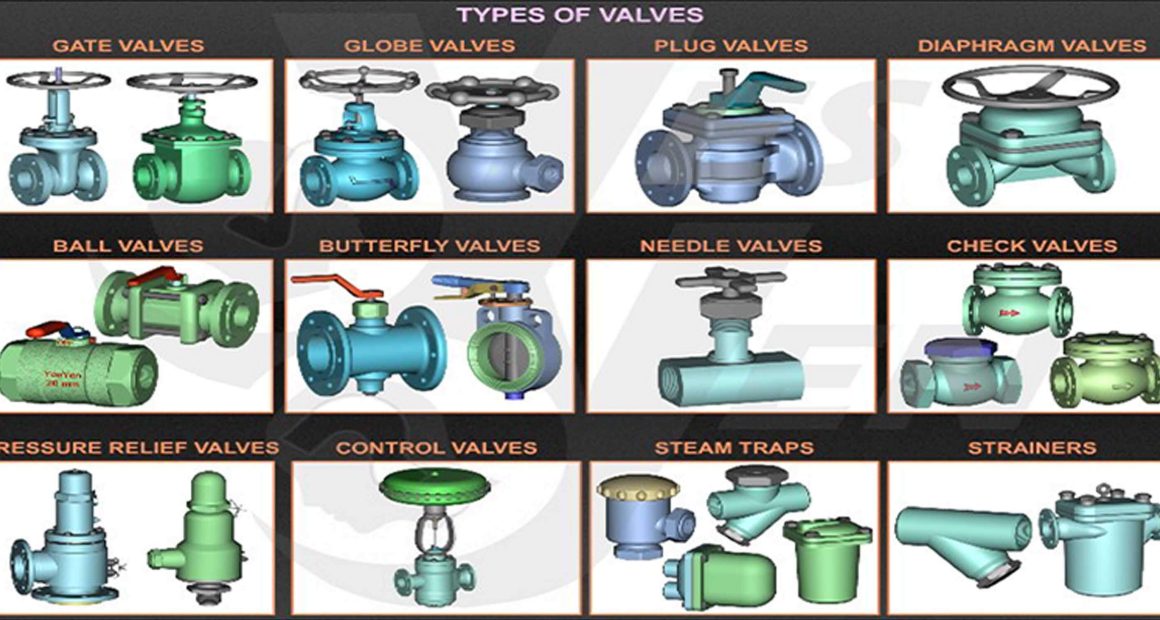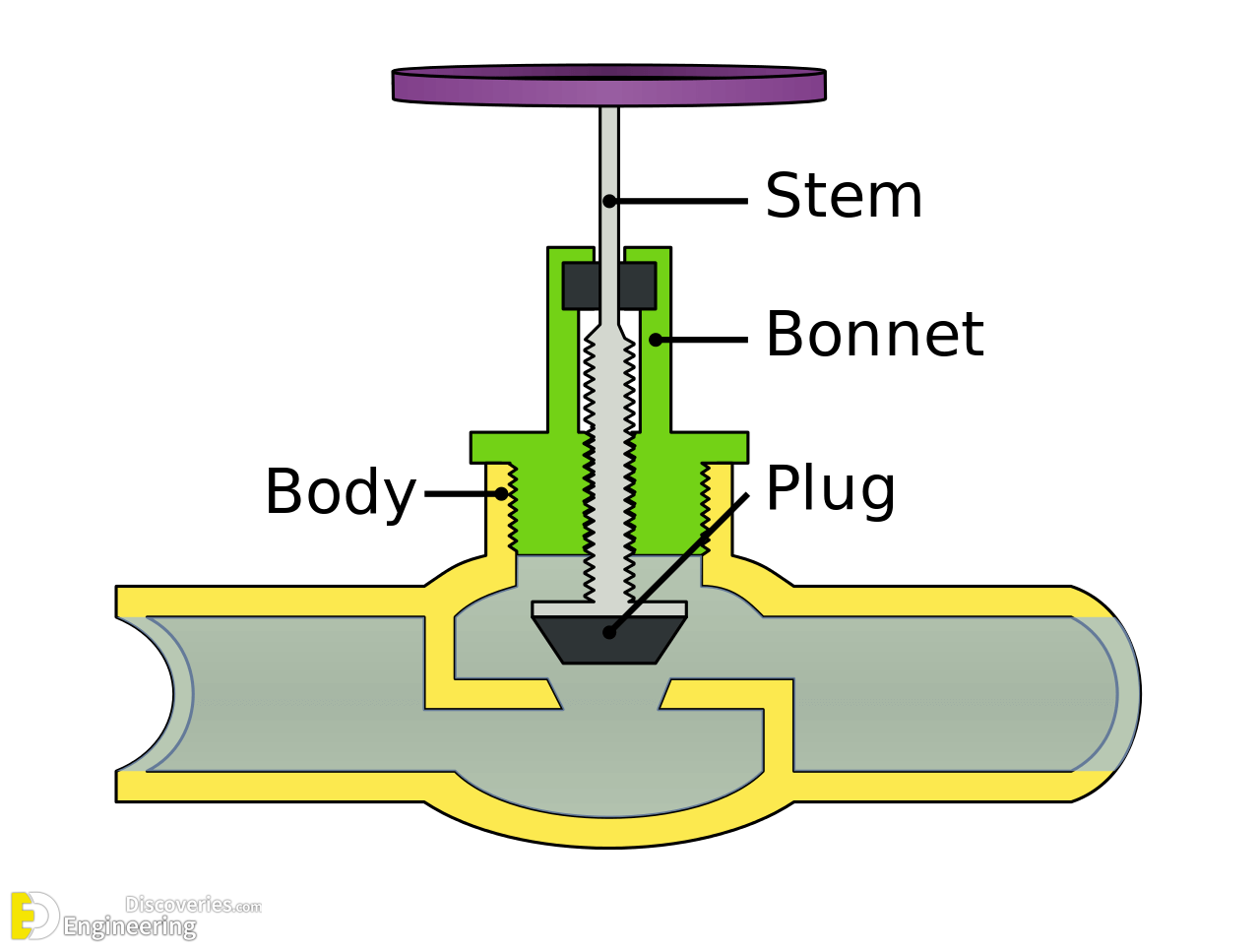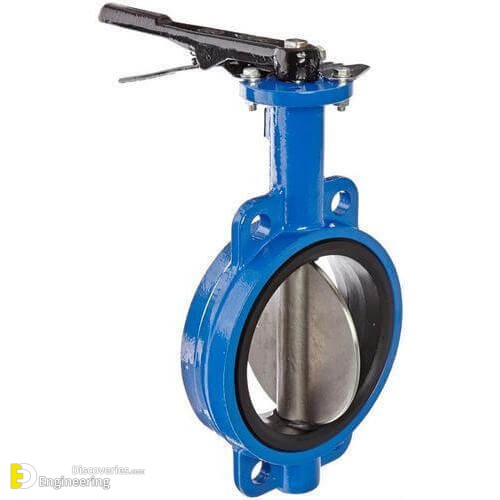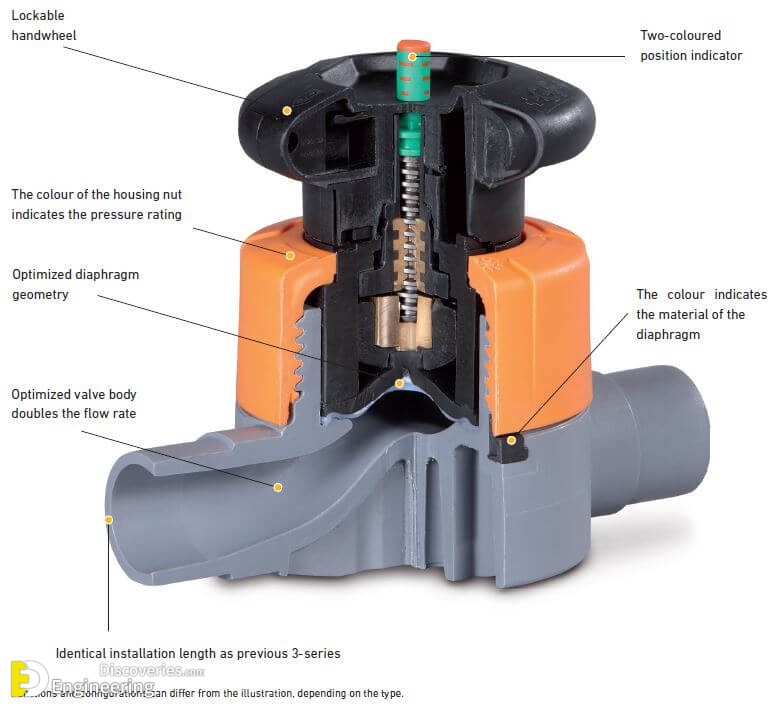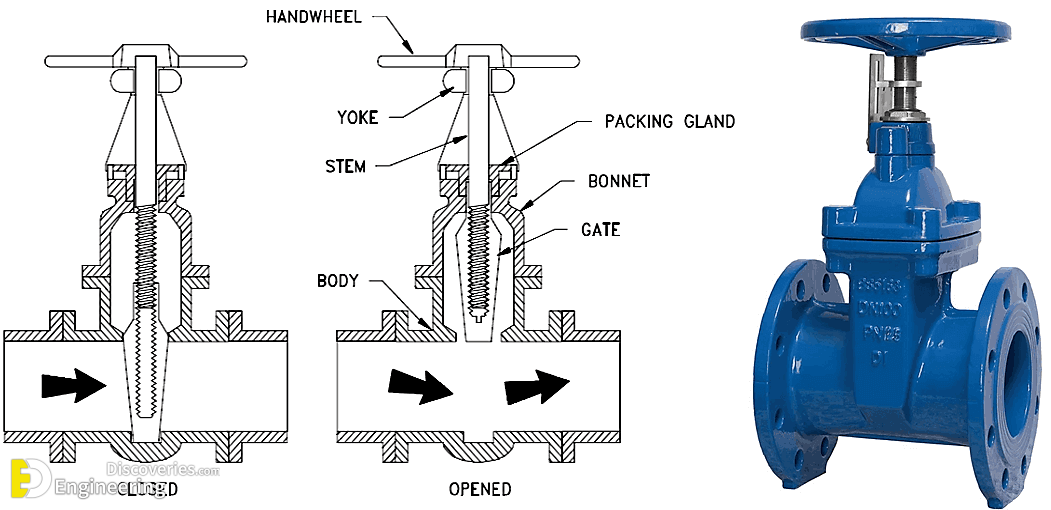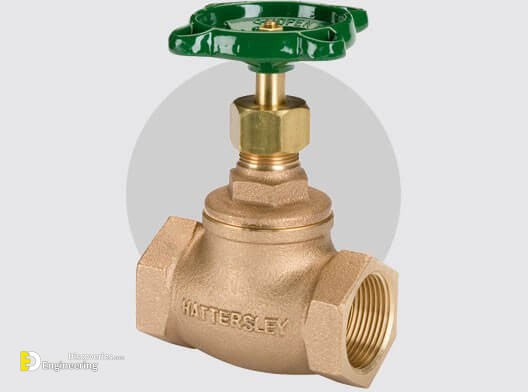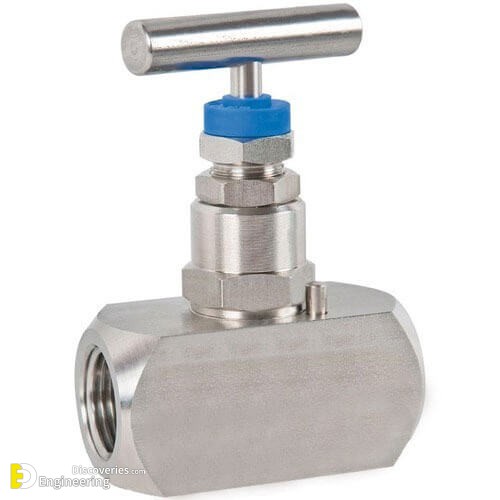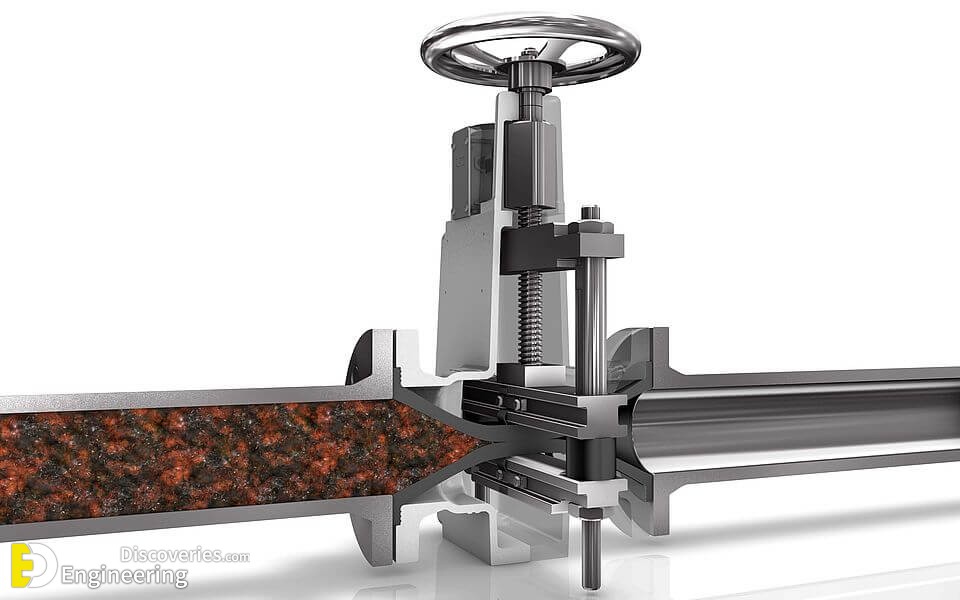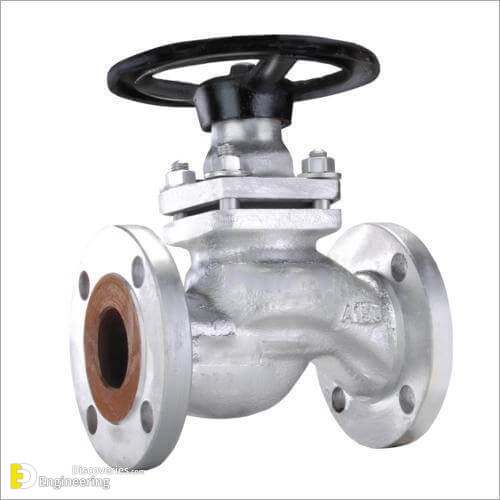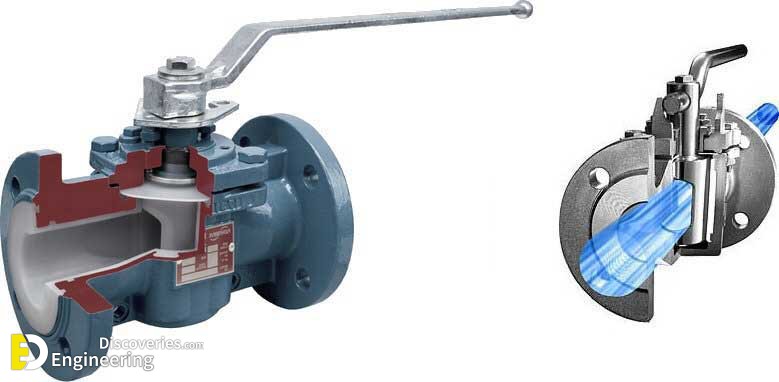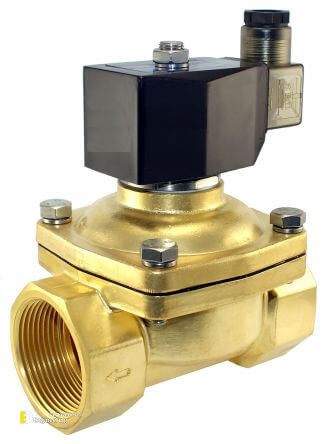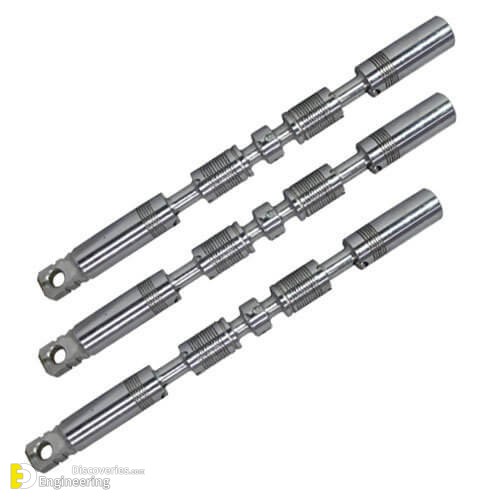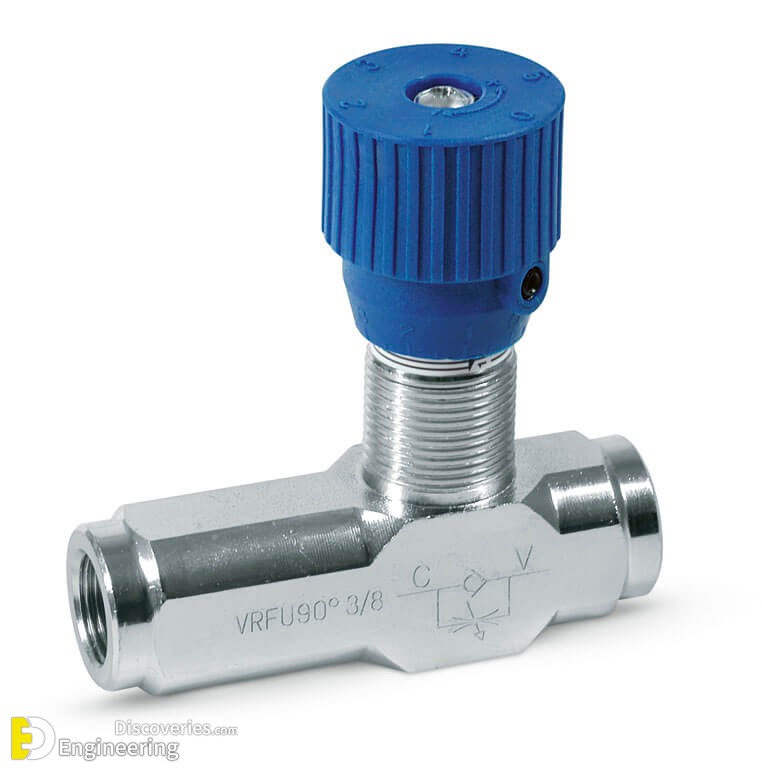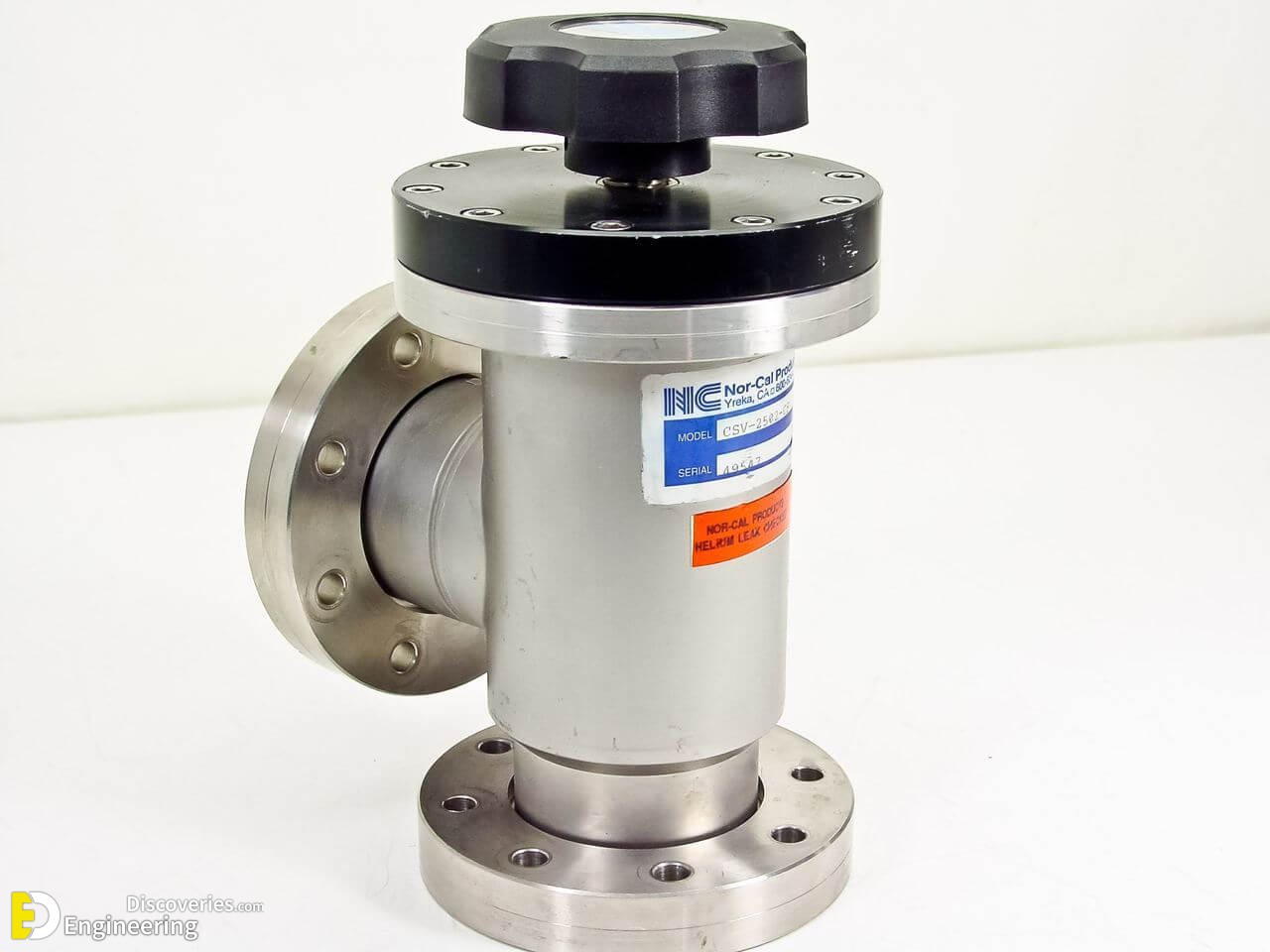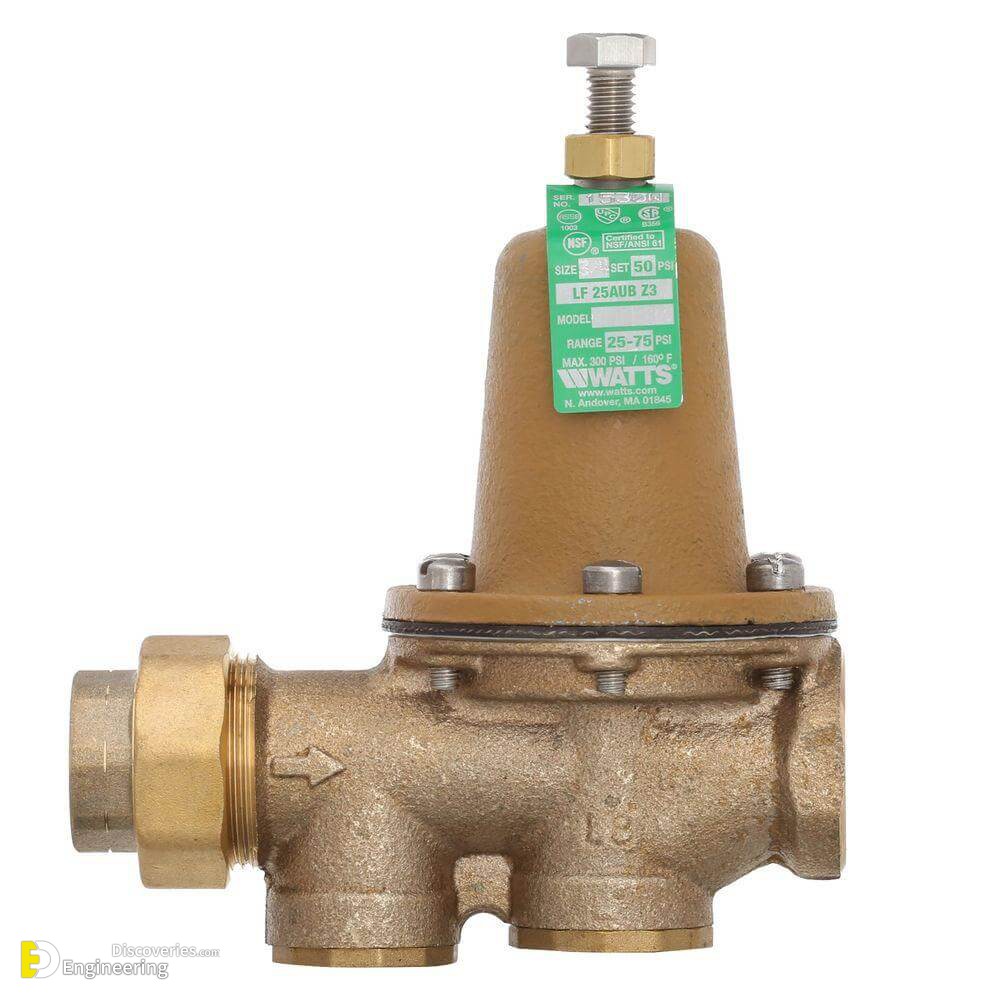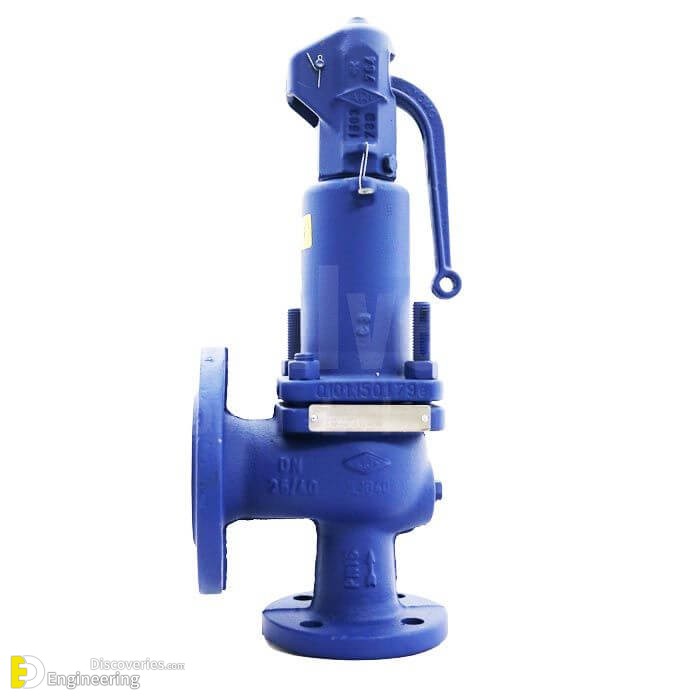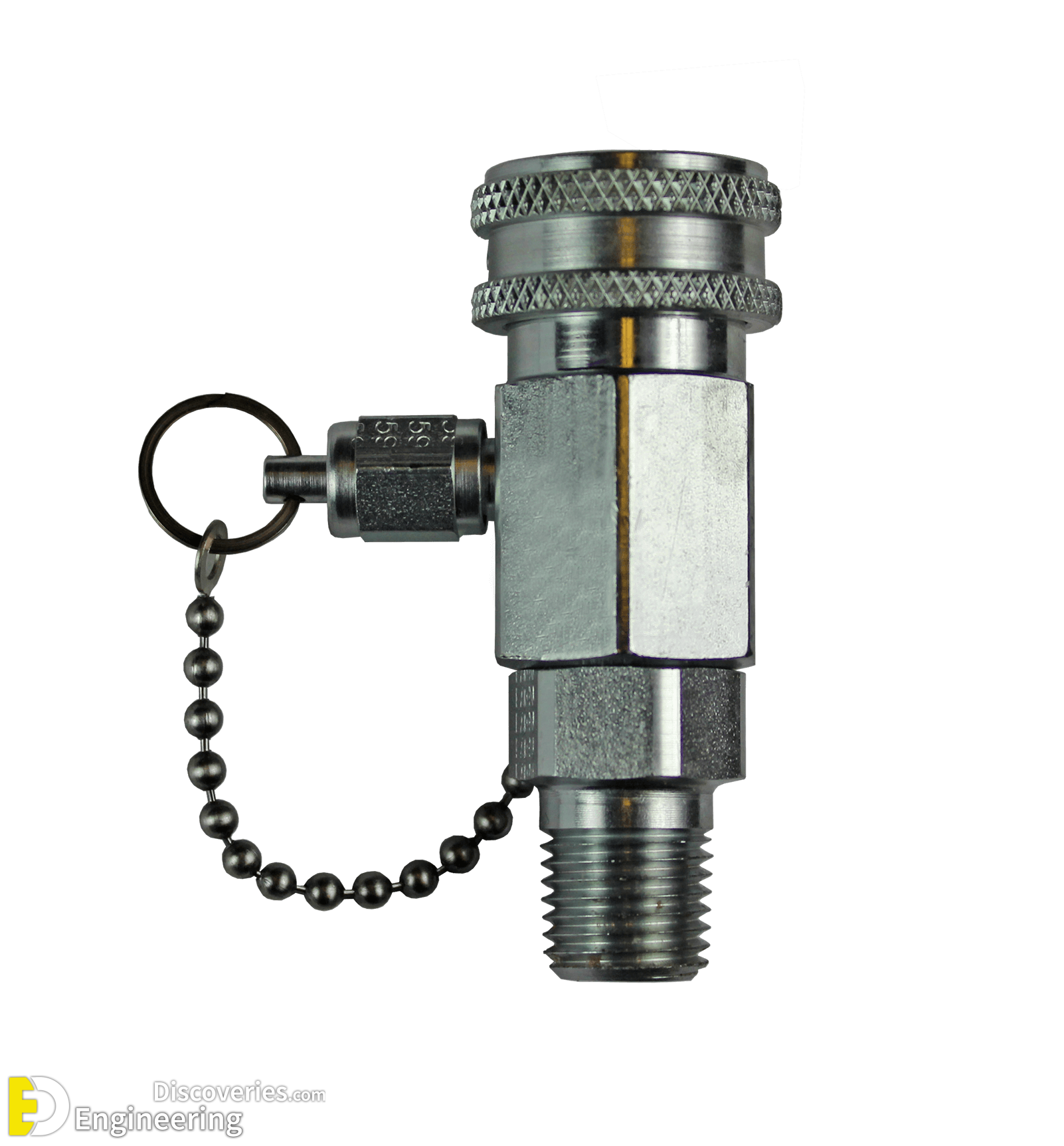Valves
Valves are characterized as gadgets to control or manage the beginning, end, course and furthermore the weight or rate of the stream of liquid under strain which is conveyed by a blower or vacuum pump or is put away in a vessel. Valves are actually fittings, however, are normally talked about as a different classification. In an open valve, liquid streams toward a path from higher strain to bring down weight.
Valves have numerous utilizations, including controlling water for the water system, modern uses for controlling procedures, private uses, for example, on/off and weight control to dish and garments washers and taps in the home. Indeed, even pressurized canned products have a small valve worked in. Valves are likewise utilized in the military and transport areas.
Using of valves
Valves are found in each modern procedure. They are utilized wherever including sewage preparing, engine compartments, corner stores, sustenance assembling, substance and plastic assembling and so forth. Valves fluctuate generally in frame and application. Sizes commonly go from 0.1 mm to 60 cm. Exceptional valves can have a breadth surpassing 5 meters. Disposable valves might be found in like manner family things including smaller than usual pump containers and airborne jars.
Basic Types by operating principle
Valves can be categorized into the following types, based on their operating mechanism.
1- Ball valve for on/off control without pressure drop. Ideal for quick shut-off, since a 90° turn completely shuts-off, compared to multiple 360° turns for other manual valves.
2- Butterfly valve for on/off flow control in large diameter pipes.
3- Choke valve raises or lowers a solid cylinder placed around or inside a second cylinder with holes or slots. Used for high pressure drops found in oil and gas wellheads, not to be confused with engine choke valve.
4- Diaphragm or Membrane valve, controls flow by movement of a diaphragm. Used in pharmaceutical applications.
5-Gate valve mainly for on/off control, with low pressure drop.
6- Globe valve good for regulating flow. Uses a cylinder movement over a seat.
7- Knife valve similar to a gate valve, but usually more compact. Often used for slurries or powders on/off control.
8- Needle valve for accurate flow control.
9- Pinch valve for slurry flow regulation and control.
10- Piston valve for regulating fluids that carry solids in suspension.
11- Plug valve slim valve for on/off control but with some pressure drop.
12- Solenoid valve an electrically actuated valve for hydraulic or pneumatic fluid control
13- Spool Valve for hydraulic control, similar to the choke valve
Basic Types by function
Valves can be categorized also based on their function
1- Check valve or non-return valve, allows the fluid to pass in one direction only.
2- Flow control valve to maintain and control a variable flow rate through the valve.
3- Poppet valve commonly used in piston engines to regulate the fuel mixture intake and exhaust.
4- Pressure Reducing Valve to regulate the pressure of the fluid.
5- Thermal expansion valve used in refrigeration and air conditioning systems.
6- Safety valve or relief valve: operates automatically at a set pressure to correct a potentially dangerous situation, typically over-pressure.
7- Sampling valve
For more information watch this video about types of valves
control valve
A control valve is a valve used to control fluid flow by varying the size of the flow passage as directed by a signal from a controller. This enables the direct control of flow rate and the consequential control of process quantities such as pressure, temperature, and liquid level. In automatic control terminology, a control valve is termed a “final control element”.
